Experts assess most prospective weapons being developed in Ukraine
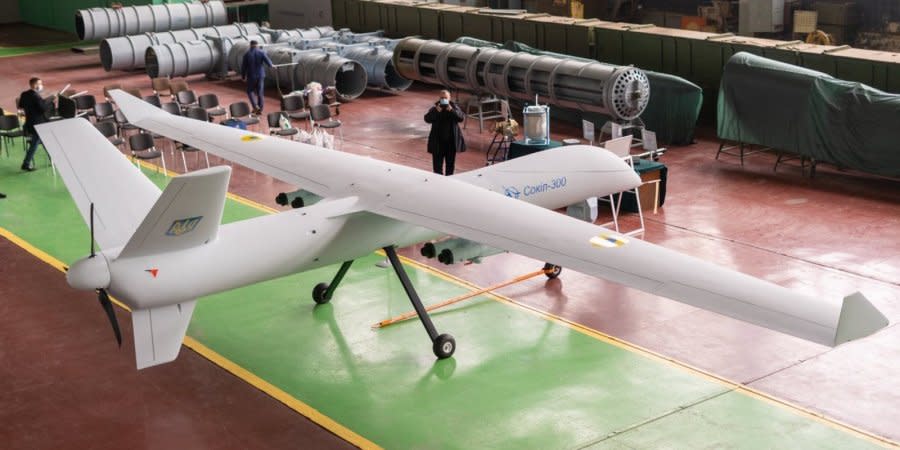
Going by the names’ Hrim, Dnipro, Bohdana, Volodymyr Velikyi, and Sokil – these are some of the Ukrainian-made weapons and armaments that will be of great importance to Ukraine’s security in the future, once serial production of them begins.
Hrim operational-tactical missile system
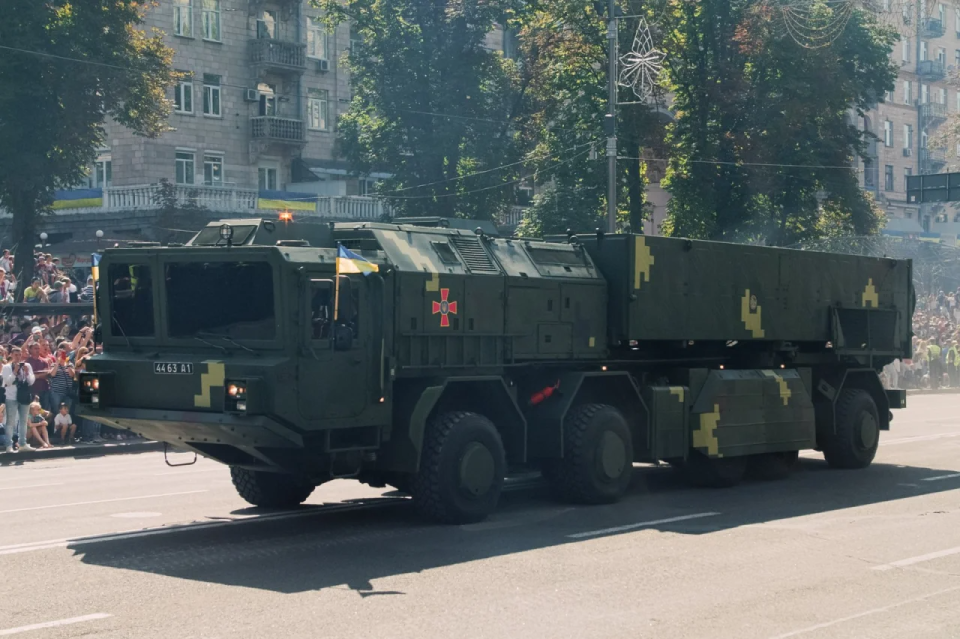
“Ukraine should return to missile weapons,” military expert Oleg Zhdanov told NV.
“There must be a Ukrainian-made operational-tactical missile complex. Because today this is the basis of security: missile units and remote influence on the enemy.”
Hrim (Thunder) is one such promising project, having been under development in Ukraine since 2013. The main purpose of the weapons project is to create a strong, non-nuclear deterrent capable of striking the enemy’s land, air and sea targets.
The maximum range of the system is 280 kilometers, with the possibility of an extended model with a range of 450-500 kilometers.
Read also: Top ten most effective Ukraine-made weapons
Four types of homing heads have been developed for the missiles of this system: electronic-optical, infrared, radar, and a combined setup. The missile can have both a ballistic trajectory and an aeroballistic one – which would allow it to change its targeting and evade enemy air defense systems. The mass of the Hrim system together with its launch container is 3.5 tons.
A prototype of the missile system was demonstrated in January 2018. This sample is installed on a fully Ukrainian-developed launcher chassis with a 10×10 wheel formula, while a final, fifth axle is for steering. In addition, the chassis has independent torsion suspension, as in armored personnel carriers.
To date, two prototypes of the Hrim missile system have been produced, namely one model intended for Saudi Arabia, and another one for use by Ukrainian Armed Forces.
In August 2022, social media users and several news agencies expressed the opinion that the attack on the Russian-occupied Saki military airfield in the village of Novofedorivka in Crimea might have been carried out with the use of the Hrim missile system. However, there is no confirmation of this.
Dnipro air defense system
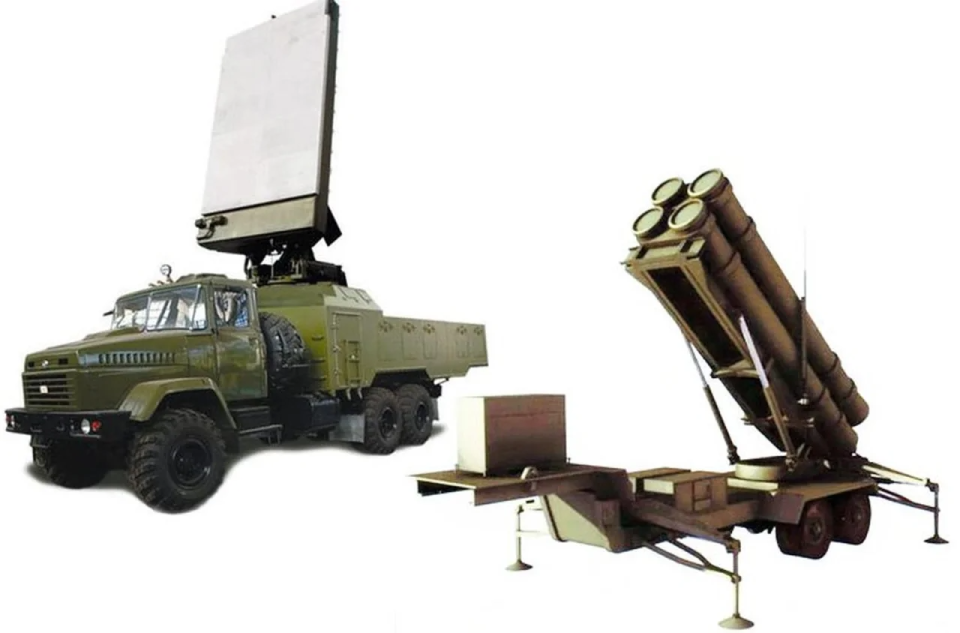
According to military experts interviewed by NV, it is time for the Ukrainian military-industrial complex to manufacture its own air defense system, as the systems inherited from the Soviet Union have proved insufficient.
The gap in air defenses could be filled by the Dnipro, a prospective medium- and short-range air defense system, which has been under development since 2014 and combines the characteristics of air and missile defense systems. The main task of this air defense system is to defend against modern and future aerodynamic air attacks, while providing information about the general air situation and the results of combat work in particular.
It is assumed that the Dnipro air defense system will be effective against aircraft and helicopters of all types, UAVs, and medium- and short-range cruise missiles.
Read also: Interview with CIT military expert on challenges for Ukraine’s army and capabilities of its navy
The system includes a combat control point and a multi-purpose radar station (each is placed on the chassis of a KrAZ-6322 truck) and up to six launchers, which makes it possible to simultaneously launch 12 guided missiles at six enemy air targets.
Two versions of solid-propellant two-stage missiles have been developed for the Dnipro air defense system. The first has a remote control system on the initial and middle sections of the flight path, while the second one has radio guidance on the initial and middle sections. At the end of the trajectory, both versions of the missile go into active homing mode.
The declared maximum target detection range of a “tactical fighter” at an altitude of 7 kilometers is not less than 150 kilometers, at an altitude of 150 meters it is not less than 50 kilometers, and at an altitude of 20 meters is not less than 28 kilometers. The target height range varies from 15 meters to 25 k kilometers m, and the range is from 7-60 kilometers. The deployment time of the Dnipro system is no more than four minutes.
Bohdana self-propelled howitzer
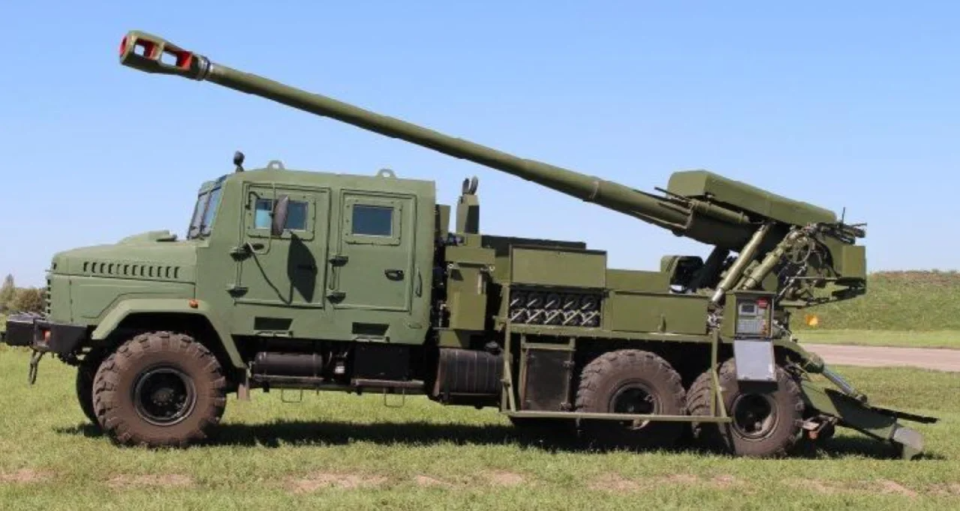
A single prototype of the first Ukrainian-made Bohdana self-propelled howitzer with a 155 mm NATO-standard artillery caliber was demonstrated in 2018. From then until the beginning of Russia’s full-scale invasion, the Bohdana was tested on training grounds, to be adopted by the Armed Forces of Ukraine, but time ran out for a full testing program.
Read also: How Ukraine forced Russia to abandon Snake Island
With the beginning of a full-scale war, the only existing Ukrainian self-propelled howitzer was taken to the rear, prior to being handed over to the Armed Forcesof Ukraine. Bohdana’s initial use took place in June 2022, when it played a key role in the successful liberation of Zmiinyi (Snake) Island from Russian invasion forces.
“If Bohdana has already demonstrated a positive result in terms of survivability, then we need to make our own howitzer and put it in the arsenal,”Zhdanov said.
“This is also a guarantee of security, so we don’t have to turn to our neighbors and buy them every time.”
“And if we have our own artillery barrel, we’ll be able to develop our own tank.”
The only known Bohdana self-propelled howitzer was built on the chassis of a KrAZ-63221 all-wheel drive military truck with a paired armored cabin to accommodate a crew of five. It is equipped with an automated guidance system and automatic ammunition supply. Its rate of fire is six shots per minute. The maximum firing range using high-explosive incendiary/armor-piercing ammunition is 42 kilometers, and 50 kilometers using a rocket-assisted projectile.
Volodymyr Velykyi corvette
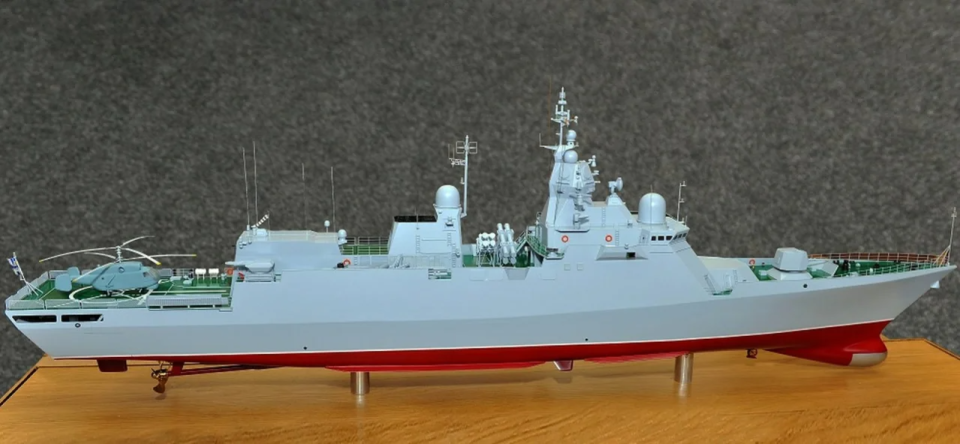
“The issue of a navy fleet is so great, strategic, and expensive that it’s necessary to think hard about how best to proceed,” Zhdanov said.
In his opinion, a mid-range naval fleet could be the best option for Ukraine.
“We don’t need, say, aircraft carriers, but destroyers and corvettes and, probably, in the future, a submarine division – we should have such a fleet of medium power,” the expert said.
Mykola Sunhurovskyi, the head of military research at Ukrainian think-tank Razumkov Centre, echoes this opinion.
“It would be great to have a Ukrainian-made corvette,” he agreed.
However, in his opinion, the state budget will not be able to afford the production of such a vessel in the near future.
Both experts are right that production is expensive. In 2011, Ukraine began the construction of the first of its promising Project 58250 corvettes, the VolodymyrVelykyi.
As reported by LIGA.net, Ukraine’s Defense Ministry says almost UAH 569 million ($15.5 million) had been spent on the design and construction of the corvette over 10 years. As of September 2021, 17% had been completed. At that time, the elements of the unfinished vessel were located at the insolvent Black Sea Shipyard. Therefore, it was assumed that the Project, given the working name of the 58250, would be completed at another enterprise.
According to the technical documentation, the length of the Volodymyr Velykyi corvette is 112 meters, the beam is 13.5 meters, the full displacement is 2,650 tons, and the draught is 5.6 meters. The declared speed of the vessel is not less than 30 knots (55.5 km/h), and the sailing range is up to 4,000 nautical miles (7,400 kilometers). With a crew of 110 sailors, the ship can be at sea for 30 days.
Since the displacement of the Volodymyr Velykyi is greater than that of standard corvettes (up to 2,500 tons), and since it is equipped with radio-electronic warfare and anti-aircraft and anti-missile defense systems, as well asanti-ship and anti-submarine weapons, the vessel can be used against surface, underwater and air targets, so in those terms it more similar to a frigate, which have displacements starting from 3,500 tons.
The Defense Ministry announced its intention to finalize Project 58250 in 2021, increasing its capabilities, and complete the vessel, including it as part of a multi-purpose frigate flotilla.
Sokil-300 reconnaissance and strike drone
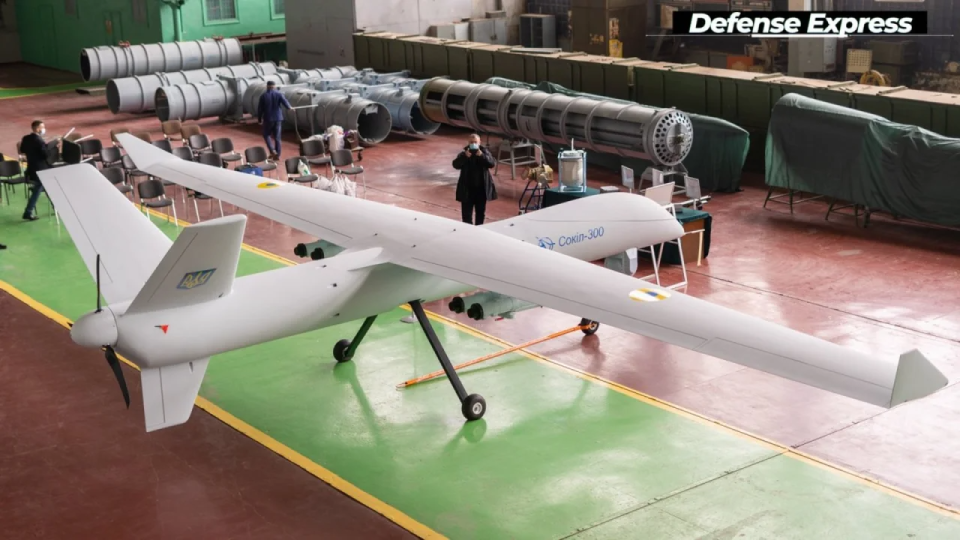
There is no combat air force school in Ukraine, so it is not worth expecting to see Ukrainian-made fighters and bombers. However, modern strike drones could be an alternative, especially as they have proved effective during the Russian-Ukrainian war.
In addition to several existing joint and Ukrainian-made models, Ukraine has its own development – the promising Sokil-300 reconnaissance and strike drone, which was first presented to the public in November 2020.
Read also: Sinking of flagship Moskva is a serious blow to Russian war machine and national pride
Some of the systems of this drone were developed as modules of the Neptune anti-ship cruise missile, successfully used in April 2022 to sink the flagship of the Russian Black Sea Fleet – the Moskva missile cruiser.
It is assumed that when finished the Sokil-300 will be equipped with a GPS unit,a small-sized onboard radio-location system, and a radar capable of scanning the terrain from an altitude of 5 kilometers to an accuracy of 30x30 cm. It is also equipped with a Ukrainian-made optical-electronic guidance station.
The drone’s maximum payload is 300 kilograms. Thus, it can be equipped with a strike system from the Ukrainian-made RK-2P or RK-10 guided anti-tank missiles, which have ranges of up to 10 km.
According to the developer, depending on the modifications, the flight range of the drone (from takeoff to return) could vary from 1,300 to 3,300 kilometers, while the flight duration may last from five to 26 hours. The drone’s cruising speed could be between 150 and 335 km/h, while the maximum speed could reach from 210 to 580 km/h with a practical flight ceiling of up to 12 kilometers.
The drone is controlled remotely from the chassis of a truck.
NV consulted the following experts for this summary: Military expert, Censor.NET Editor-in-Chief Yuriy Butusov; Military expert Oleh Zhdanov; Head of military research at Ukrainian think-tank Razumkov Centre, Mykola Sunhurovskyi.
Read the original article on The New Voice of Ukraine

